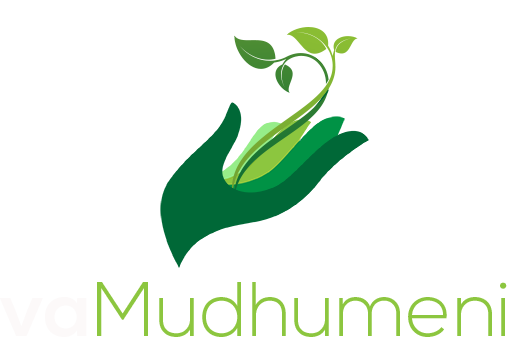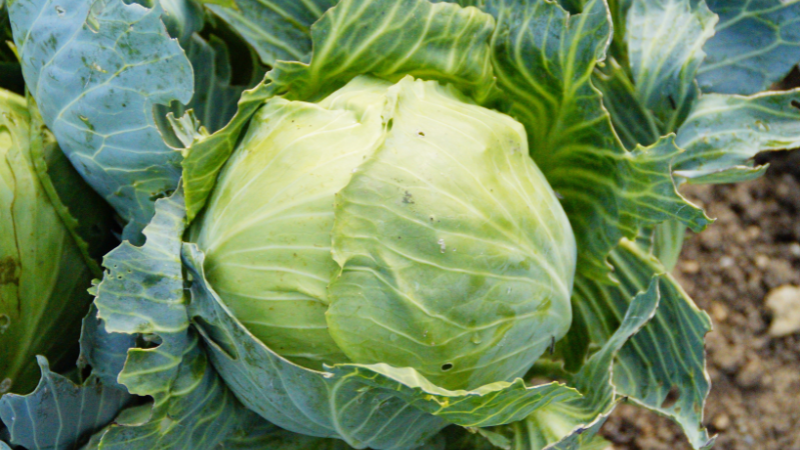- PLANTING AND SPACING Cabbage should be transplanted into the field when they are about 4 to 6 weeks old or when they have developed at least four true leaves. The seedlings should be planted in moist soil in the late afternoon or on a cloudy day to prevent wilting from the hot sun.
The spacing for the different cabbage varieties should be:
- Small-headed varieties should be spaced 30cm apart and 45cm between rows.
- Large-headed varieties should be spaced 45cm apart and 60cm between rows.
- Late-season varieties should be spaced 60cm apart and 75cm between rows.
Cabbages require a lot of water, especially during the first few weeks after transplanting, so ensure that you irrigate them properly. You can use drip irrigation, sprinklers or furrow irrigation to water your cabbage.
2. FERTILIZERS AND NUTRIENTS To get the best yield, cabbage requires proper fertilization. Before planting, you should apply a basal fertilizer consisting of nitrogen, phosphorus and potassium (NPK) at a ratio of 7:14:14 or 10:20:20.
At the second-leaf stage, apply a top-dressing fertilizer of urea (46% N) or Calcium Ammonium Nitrate (CAN) at a rate of 50kg/ha or 30kg/ha, respectively. Repeat this process at least two more times during the growing season.
Cabbage requires adequate nutrients such as nitrogen, phosphorus, potassium, calcium, magnesium and sulphur. These nutrients help in plant growth, the formation of strong stems and leaves and also in the development of the head. You can add these nutrients by applying organic matter like manure, compost or green manure.
3. PEST AND DISEASE CONTROL Cabbage is susceptible to many pests and diseases. Common pests include aphids, cutworms, flea beetles, and diamondback moths. Pests can be controlled through the use of insecticides or by planting companion crops such as onions, garlic or mint.
Cabbage is also susceptible to several diseases, including black rot, clubroot, and damping-off. You can prevent these diseases by practicing crop rotation and using disease-resistant varieties.
4. HARVESTING AND STORAGE Cabbage is ready for harvest when the head is firm and solid. The head should be cut off at the base with a sharp knife. Once harvested, remove the outer leaves and store in a cool, dry place with a temperature of about 0-2ᴼC and 95% humidity.
Cabbage can be stored for up to six months if the storage conditions are right. The outer leaves should be removed periodically to prevent decay. Cabbage can also be sold fresh in the market or processed into products like pickles and sauerkraut.
CONCLUSION Growing cabbage can be profitable and is a good crop for cash flow on your farm. By following the steps outlined above, you can grow healthy and high-yielding cabbage. Remember to choose the right seed variety, prepare your soil well, plant properly and manage pests and diseases.
By Farai Mafuwe

